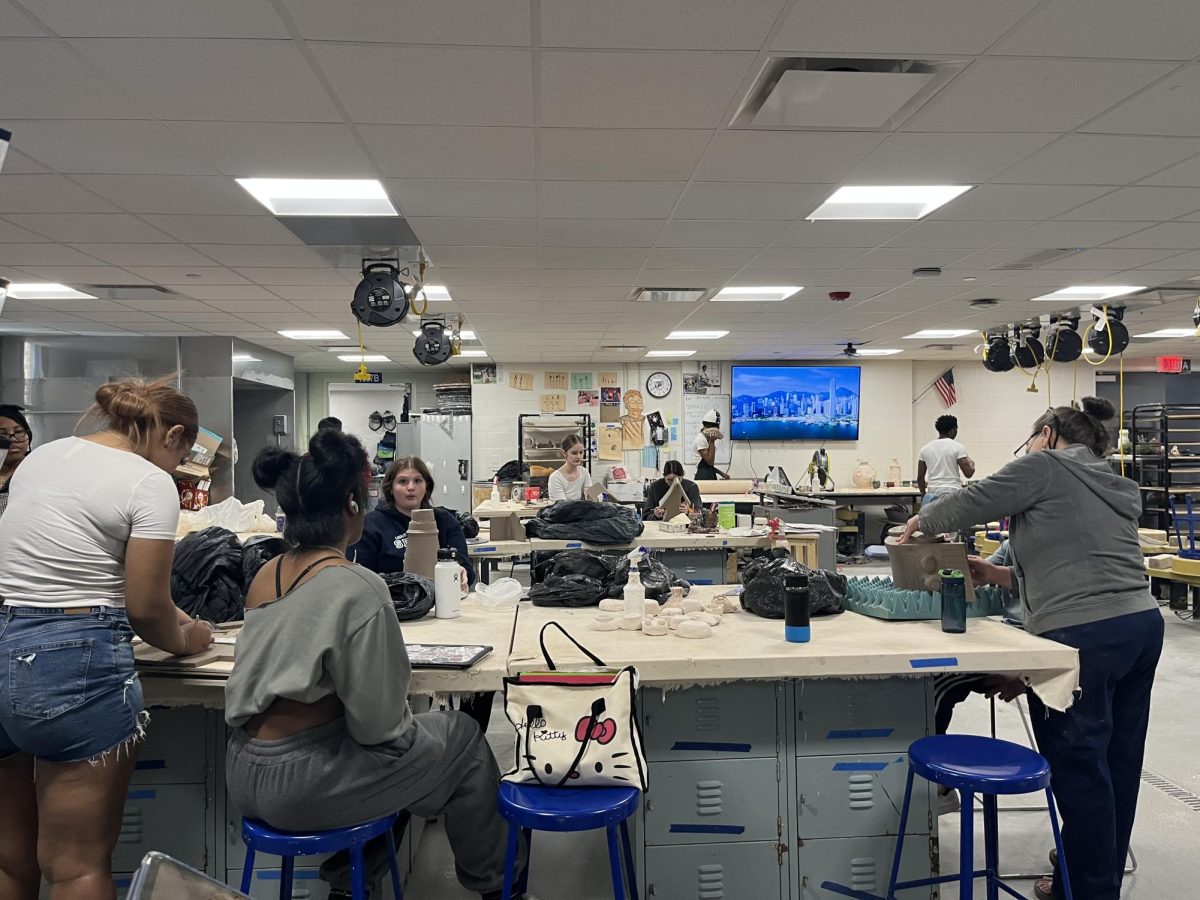Since its release in 1991, “The Matrix” trilogy has remained a popular movie in science fiction. From the cool, black leather and sunglasses clad protagonists, to the frightening idea of reality being an illusion, “The Matrix” has enthralled viewers for over 20 years. On April 5 and 6, as the St. Louis Symphony continued its series of movies accompanied by live music, “The Matrix” was brought to life in Powell Symphony Hall to a crowd of hundreds.
Known for its stereotypical looking spy and agent-like characters, action filled fight sequences, and rotating freeze frames, “The Matrix” weaves a story of a post apocalyptic world. After a war between humans and computers, during which the humans blacked out the sky to try and cut off solar power, the computers win. They enslave most of humanity in their own minds, through a computer network connecting the collective consciousness of humanity into a fake world of the 1990s. This elaborate way to enslave humans was devised by the computers in order to use them as batteries. Much of the beginning of the movie deals with what is real and what is not, if what our minds process is just in our head or actually happening outside.
The movie itself is good, but not mind blowing. The plot is fairly straightforward, the main hero tries to save the wise older guide from the evil computers in the matrix and the traitor falls in love with the main female and unlocks his inner powers to let him bend the matrix to his will. What really draws viewers in is the idea of a constructed world that is indistinguishable from reality when one is in it. The questions of what is reality and what is moral deepen the otherwise simple story.
The symphony’s performance to the movie was overall very good. However, the soundtrack of “The Matrix” doesn’t repeat powerful themes like in Harry Potter. The music is very textured and close to the action of the movie itself. Though the symphony played in near total synchronization with the playing movie, afterwards, the music is difficult to remember. The music blended so well with the images that it wasn’t memorable. As well as the music was played, it was truly not a good compilation for the musicians to play.
Unfortunately, my performance did have several prominent flaws. For one, at several points during the movie, the screen cut out for a moment. At first it seemed like it may have been intentional, as if alluding to the gaps of the reality of the matrix, but it became clear it was a technical problem instead. Another point of annoyance occurred at a scene close to the beginning of the intermission. During an important exposition on the nature of the matrix, the musicians began to play too loudly, so loudly that the dialogue was drowned out.
However, the movie went out with a bang. With impressive and emotional music throughout the credits, the entire audience listened until the very last note before bursting into applause. Two young soloist singers came forward to shake hands with the conductor, wearing leather coats and sunglasses like the ones from the movie, to the audience’s delight.
Though the performance was not perfect, and the music not best suited to a live performance, the St. Louis Symphony’s showing of “The Matrix” was as enjoyable as the live movie performances done before, and will hopefully pave the way for future performances of the same type. #








